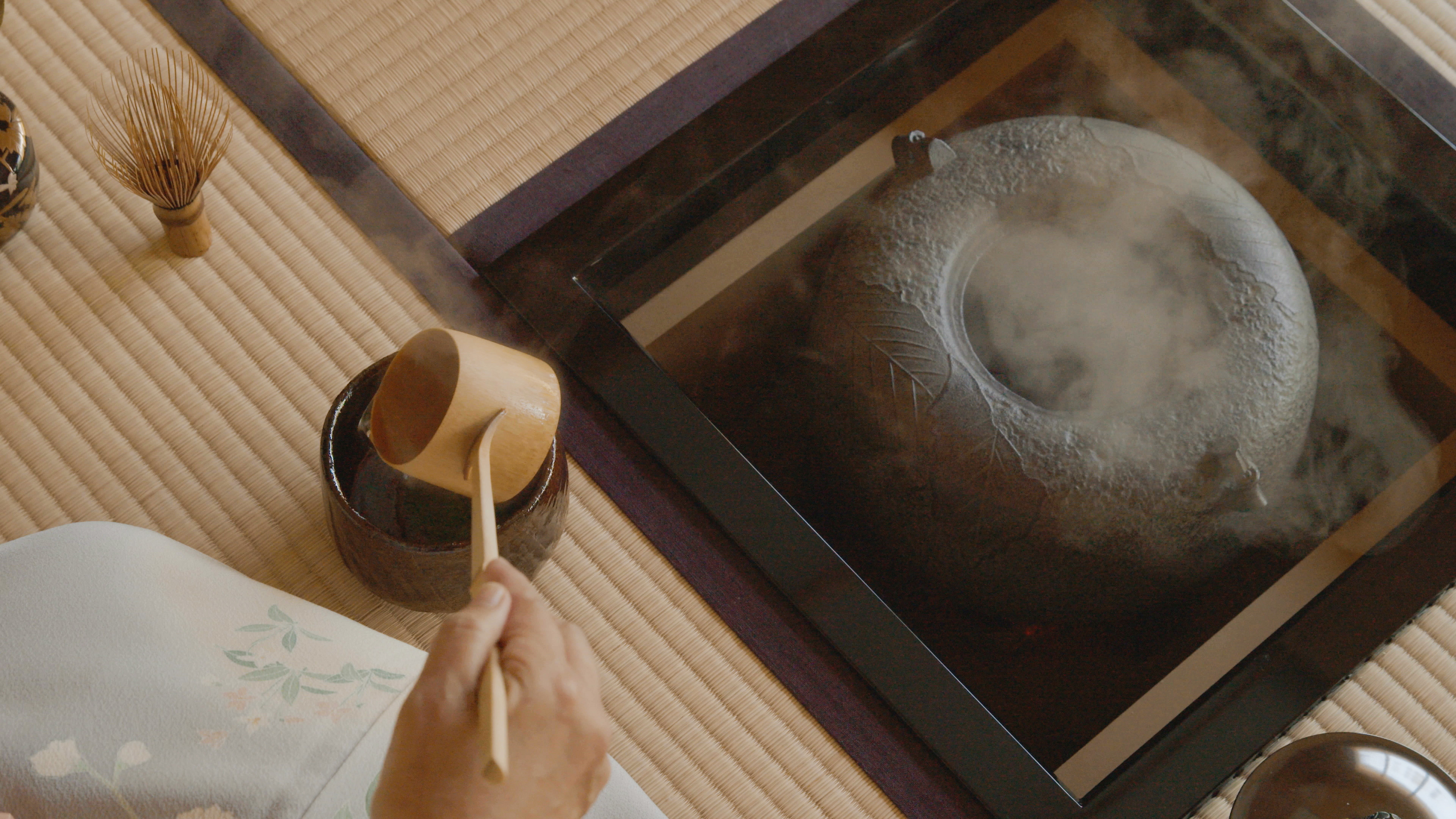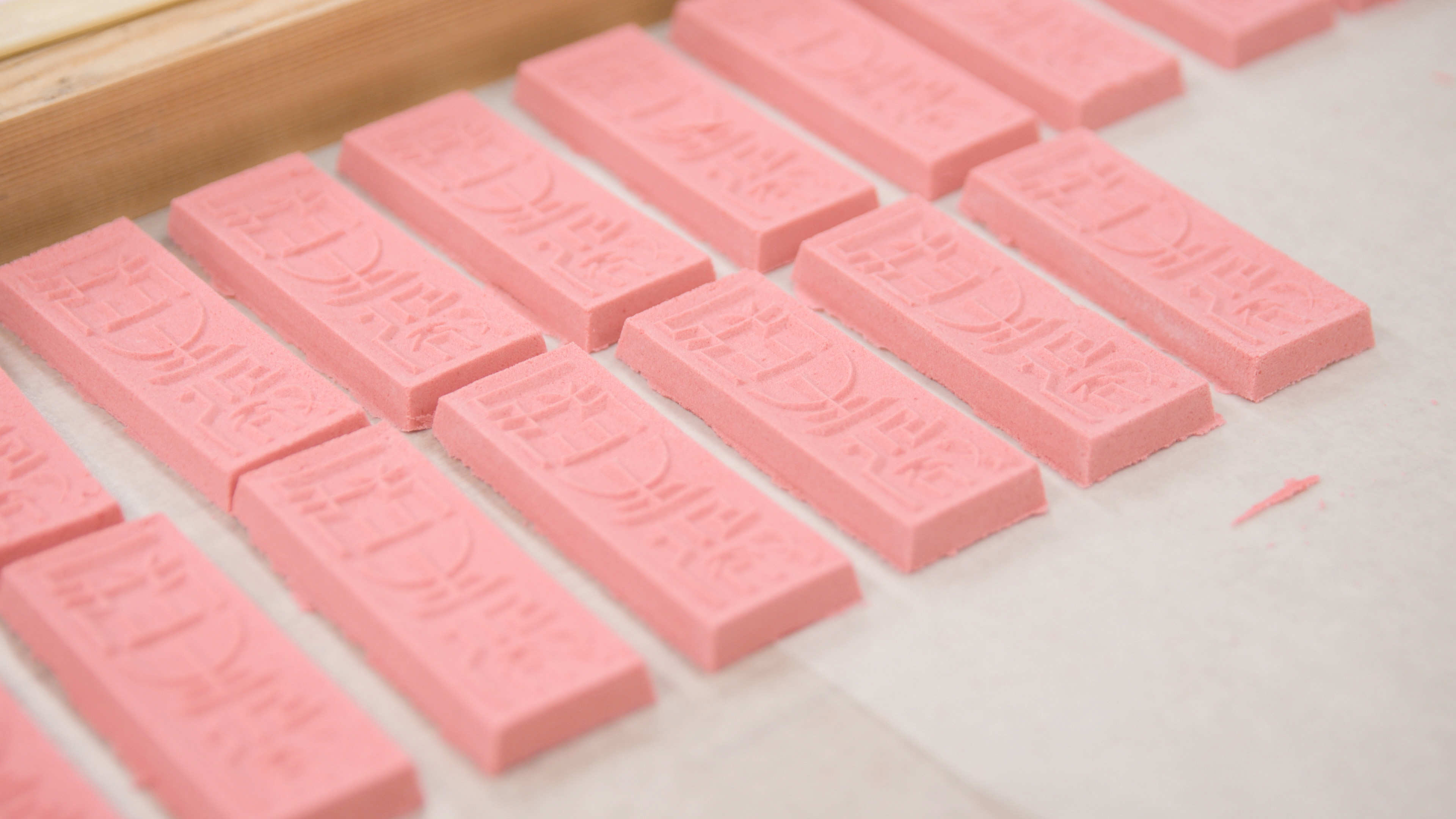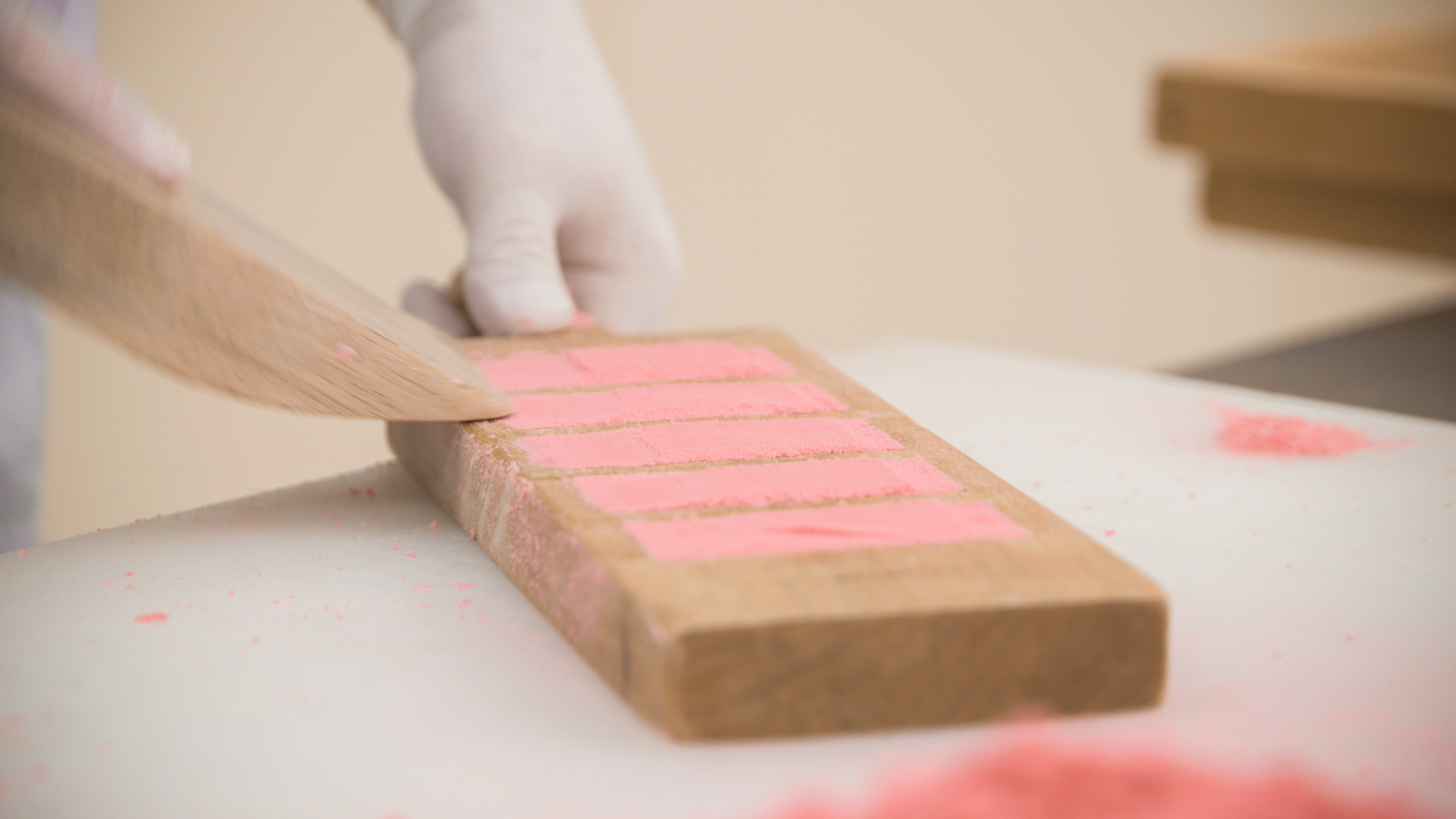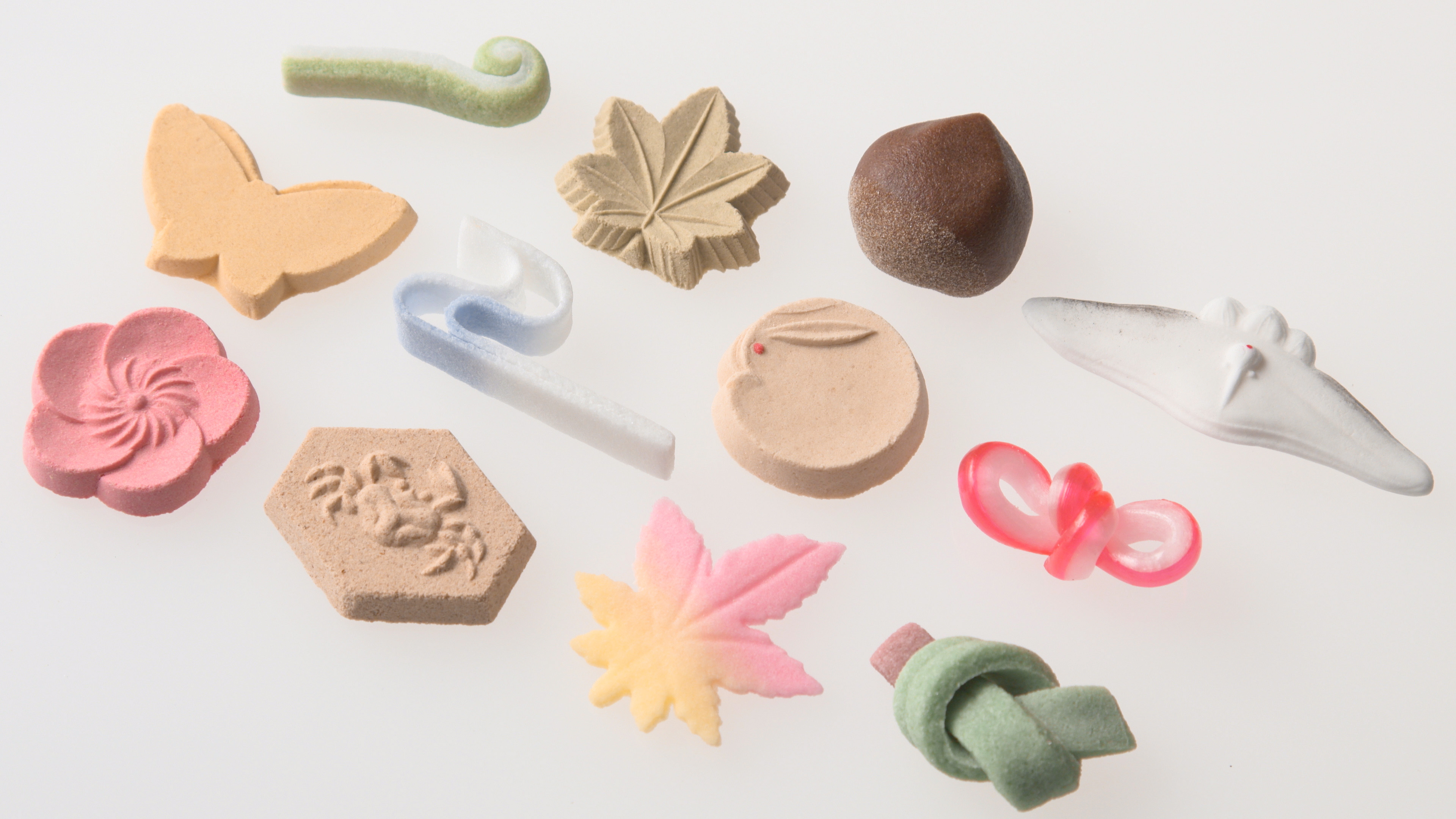“Rakugan,” the Colorful Kanazawa Confection for All Seasons
JapanIn video
- English
- 日本語
- 简体字
- 繁體字
- Français
- Español
- العربية
- Русский
A Refined and Elegant Sweet
Kanazawa has its own highly refined culture developed over more than four centuries since the first lord of the Kaga domain, Maeda Toshiie (1538–99), established his castle there in the sixteenth century. The city flourished as a castle town and retains a strong affinity for the tea ceremony, with frequent chakai tea gatherings and events held on an almost daily basis.
 Kanazawa has long treasured the culture of the tea ceremony.
Kanazawa has long treasured the culture of the tea ceremony.
 Chakai tea gatherings are common throughout the year.
Chakai tea gatherings are common throughout the year.
The Maeda family were powerful patrons of the local crafts and performing arts and devoted practitioners of the tea ceremony. Toshiie and his successor, Maeda Toshinaga, studied the art of tea under the great master, Sen no Rikyū (1522–91), while the third Kaga lord, Maeda Toshitsune (1594–1658) was a follower of Kobori Enshū (1579–1647), a famous tea master. Their patronage firmly established the culture of tea within Kanazawa and led to the development of refined traditional confections known as wagashi to be served with the bitter tea. Today, Kanazawa ranks with Kyoto and Matsue in Shimane Prefecture as the leading centers of wagashi production.
The Kanazawa wagashi most closely associated with the tea ceremony is the felicitous pink and white Chōseiden rakugan, a sweet confection of compressed starch and sugar powders made in a wide variety of shapes and sizes. Chōseiden were first made in 1625 by the Kanazawa confectioner Morishitaya Hachizaemon, and are produced to this day by the company Morihachi in the same city. They are shaped like the blocks of sumi ink used for calligraphy and embossed with the characters 長生殿 (Chōseiden), written by Enshū. The design is said to have been suggested by Toshitsune. They are considered the most refined of all rakugan and are counted among the top three tea-ceremony confections in Japan.
 Rakugan are made using techniques that have been passed on for some four centuries.
Rakugan are made using techniques that have been passed on for some four centuries.
Chōseiden are made from top-grade traditional wasanbon, a sugar derived from sugar cane that is made in Shikoku, and locally produced glutinous rice flour pressed into carved wooden molds. The filled molds are pounded with a wooden mallet to compress the sugary powder and firmly emboss the treats with the fine strokes of the characters carved into the mold. The molding and pounding process—a skill handed down over centuries—is only done by the most experienced confectioners.
Kanazawa’s traditional confections are works of art refined over long years as a part of the city’s tea ceremony culture. They continue to be highly prized to this day.
 Only the most experienced confectioners perform the pounding process.
Only the most experienced confectioners perform the pounding process.
 Finely crafted, elegant pieces of rakugan representing the four seasons.
Finely crafted, elegant pieces of rakugan representing the four seasons.
(Originally written in Japanese. Created in cooperation with Kanazawa Cable Television. Banner photo: Chōseiden rakugan and a wooden mold used to make them. All photos © Kanazawa Cable Television.)